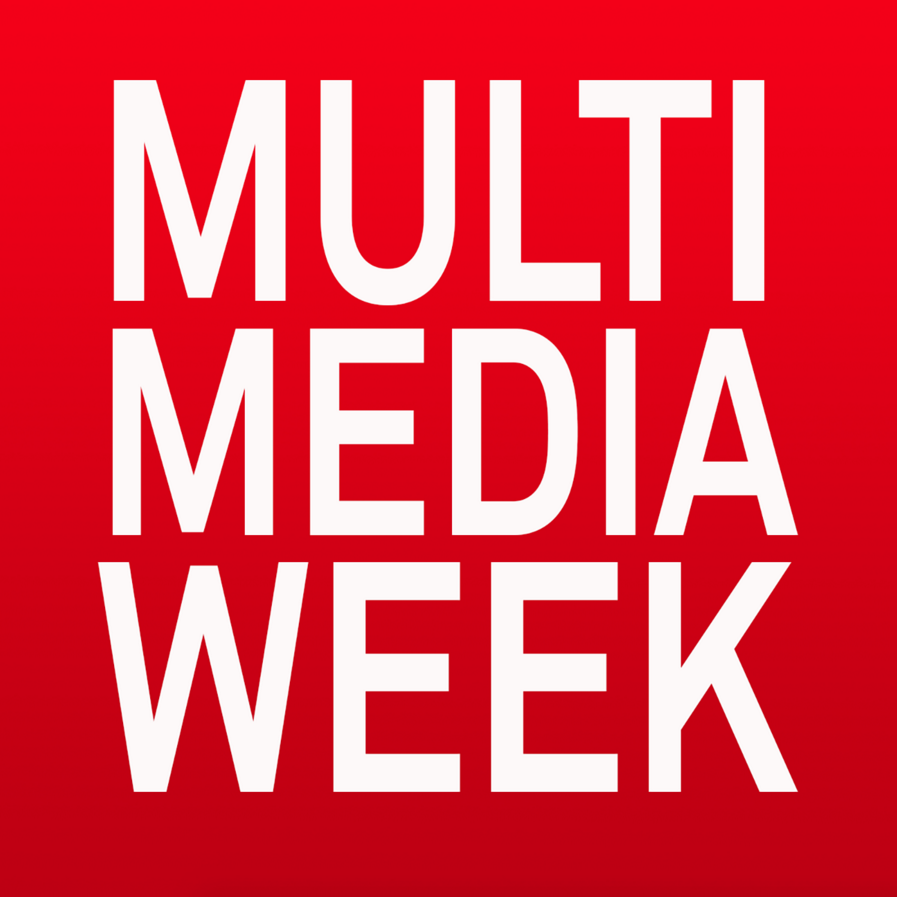Pulitzer Center Update April 18, 2016
Multimedia Journalism at the Pulitzer Center

After celebrating the Pulitzer Center's 10th Anniversary earlier this month in New York, Senior Producer Steve Sapienza spoke with grantee Sharron Lovell on her podcast, MultiMedia Week, highlighting our diverse grant opportunities and the most compelling multimedia projects from the past 10 years.
"It's a wonderful resource, whether you want to apply for a grant or whether you just want some inspiration for fantastic journalism," Lovell said of the Center.
"We are celebrating 10 years of grant-giving and facilitating journalism on untold stories from around the world," Sapienza added. But with such a variety of grants, projects and outlet placements, what makes a Pulitzer Center-supported project a success? What does "multimedia journalism" mean?
At the Pulitzer Center, supporting multimedia journalism means pushing our grantees to shape their stories with a vision to promote across multiple platforms—in print, broadcast, online interactives, and even in classrooms.
"We started pushing cross-platform journalism from the very outset of what we did," Sapienza tells Lovell. Often this means encouraging journalists to collaborate. "So maybe a print journalist was collaborating with a documentary filmmaker, or a photographer, or a web designer to create a story."
This approach has led to the production of award-winning multimedia projects like Fatal Extraction, an interactive investigation into Australian mining across the African continent, produced in partnership with the International Consortium of Investigative Journalists.
Thanks to the Pulitzer Center's $1 million Catalyst Fund, made possible through the support of the John D. and Catherine T. MacArthur Foundation, the Kendeda fund, and individual donors, we now have the ability to expand projects that have the potential to go much further than what grantees first outline in their initial proposals.
"If we see grants that have potential, where there's sort of a mainstream or a big outlet involved that's also interested in multimedia storytelling, that's where we might encourage the grantee to apply and get more funding to build a bigger project, essentially a multimedia project."
The Great Land Rush, one of our most recent multimedia projects in partnership with the Financial Times, was made possible with support from the Catalyst Fund. The investigation digs into issues of land and property rights in Indonesia, Myanmar, and Ethiopia—it includes reporting and video testimonial in a sleek, interactive online presentation.
"We basically were creating a more robust story online—that's where the sort of Catalyst idea comes into play," Steve explains. "We want people to spend more time with these stories."




